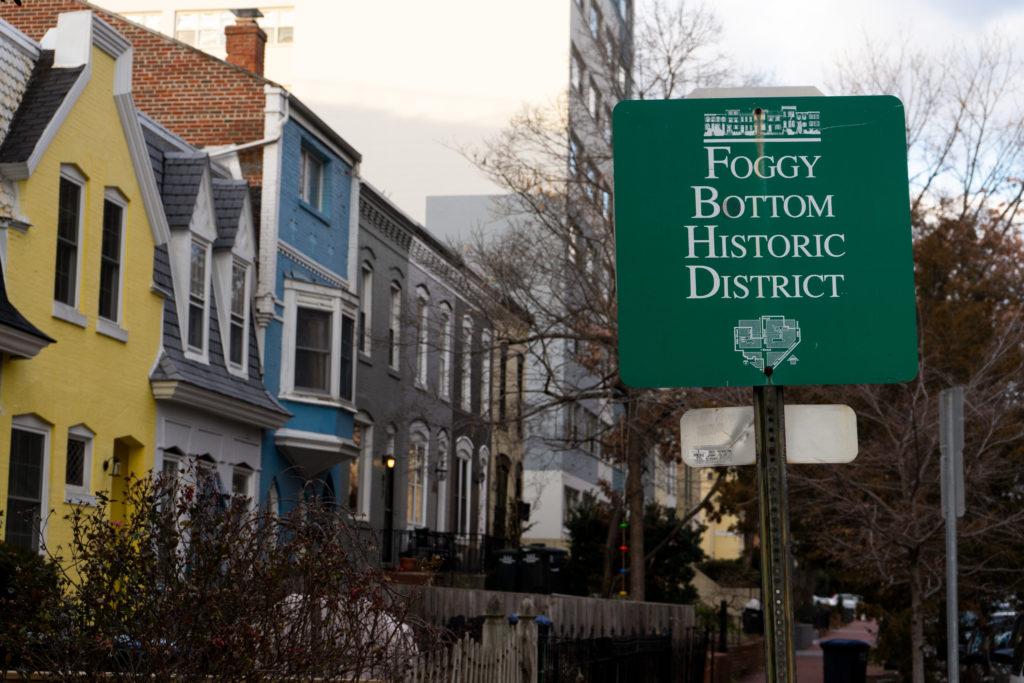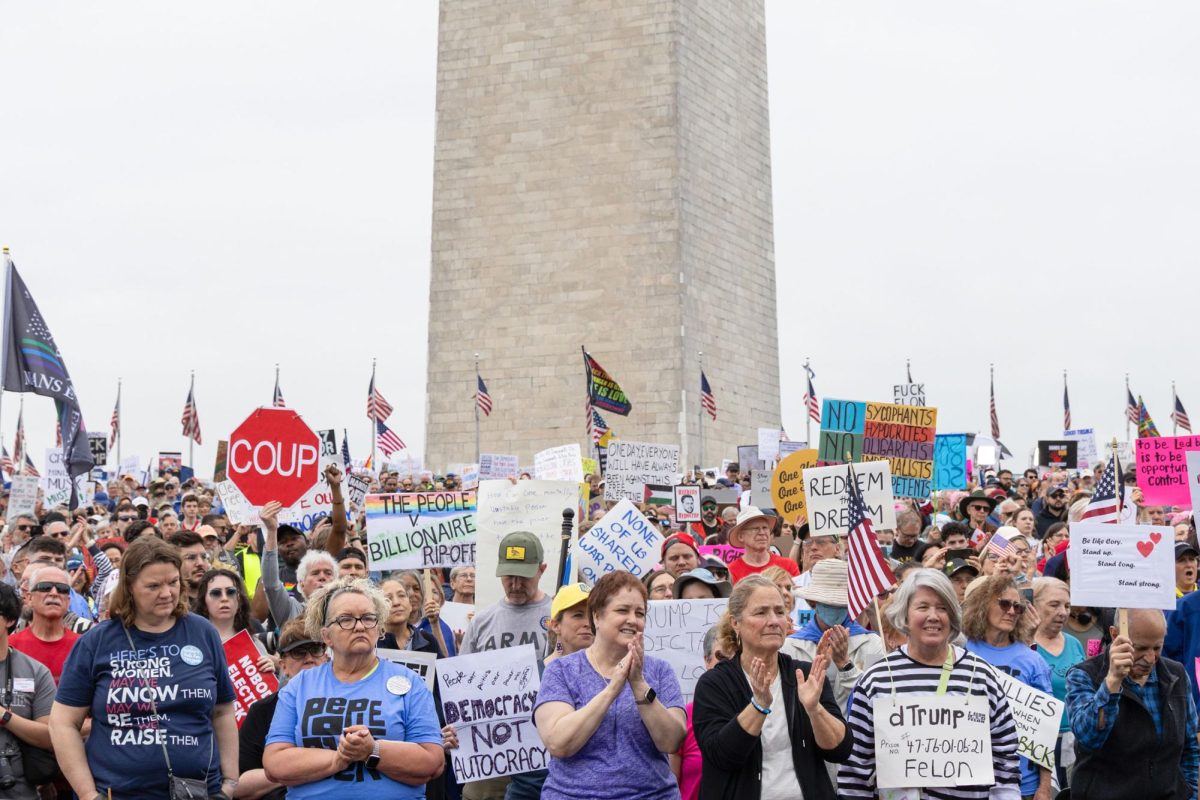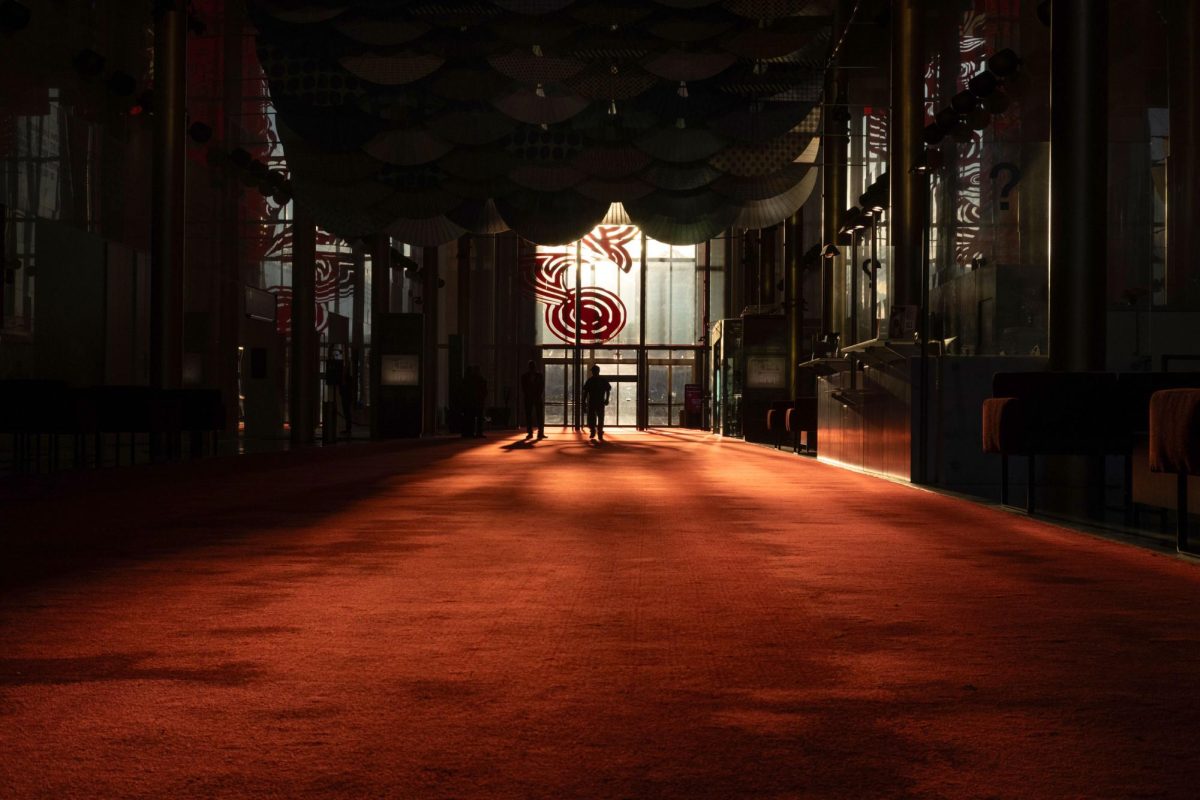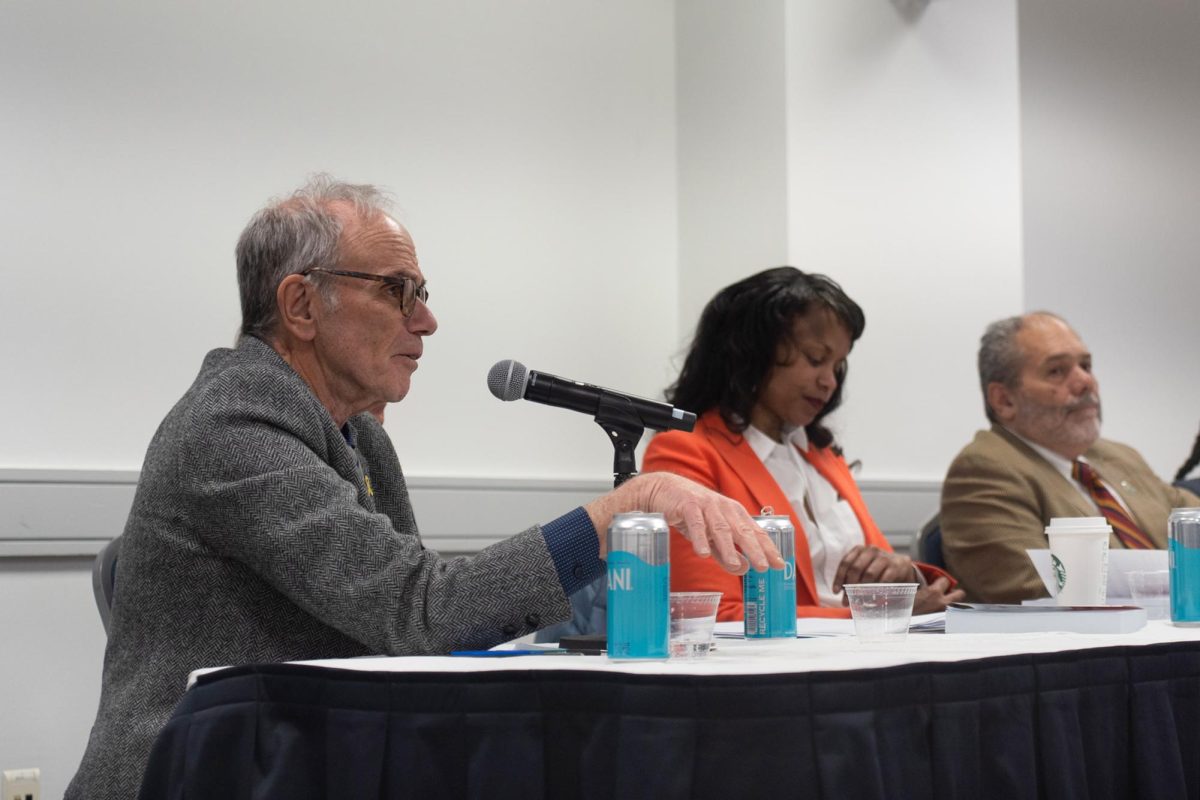The Foggy Bottom Association is piecing together a yearslong project documenting the history of Foggy Bottom.
FBA President John George said the project will feature a website that includes interactive maps, a blog for short stories about Foggy Bottom’s history and links to historical information to celebrate the neighborhood’s history. He said he hopes the Foggy Bottom community will learn from the neighborhood’s history to be “mindful” of future changes to the neighborhood, like building demolitions.
“Education and awareness of our past is a big goal,” he stated. “We also want our history project to inform our present and future so we do not repeat mistakes.”
He said the FBA has reached out to residents informally and will utilize the FBA website, newsletters and community meetings for further outreach to residents. George said he has talked to long-term residents of Foggy Bottom and wants to include their stories and knowledge of the area as part of the research and oral history in the project.
He said the project emphasizes incorporating historic homes into more modern structures, which he said has been one of the association’s goals since its founding in the 1950s. The FBA is currently pushing administrators and the Foggy Bottom and West End Advisory Neighborhood Commission to save the Waggaman House, which currently houses the Nashman Center for Civic Engagement and Public Service, on I Street from its planned demolition.
“We want to have and carry on our own legacy,” George said. “That’s how we will continue to hopefully be mindful of changes to the neighborhood and impact to the neighborhood.”
He said about four or five part-time volunteers from the FBA’s board of directors and other community members will work on the project, researching archives and cataloguing books and other reference materials to distribute online. George said the FBA is continually looking for volunteers from the University to contribute to the project.
Denise Vogt, a FBA board member and an alumna, said highlighting the “rich” history of Foggy Bottom allows residents to be aware of and educated about the neighborhood’s history.
Vogt said the FBA already started gathering historical materials from long-term local residents, including old newspaper clippings of the Foggy Bottom Metro station’s construction along I Street, old photographs of historic buildings and other documents about the neighborhood’s history.
She said she also hopes to work with interested students who are willing to research, contribute photos and conduct interviews to expand the project, which does not yet have an official launch date, once COVID-19 restrictions are loosened. Vogt said she has been interested in learning about Foggy Bottom’s history since last September, when she moved into her parents’ home and because of her roots in the neighborhood as a student.
“My parents have owned this house for over 30 years, and I went to GW before this house was even in our family, so there’s been a lot of changes just in that period of time,” she said. “When we moved here, and because of COVID, we really became interested in the history on our own.”
Vogt said the project might never formally end, and she hopes to expand its collection of historical materials on the FBA’s website as the years progress.
She said she hopes the project honors the FBA’s mission to raise awareness about neighborhood history and motivate people to protect historical architecture in the community, like the Waggaman House.
Vogt said she has communicated with the archivist at Gelman Library via email for historical files about Foggy Bottom, but she has been unable to access hard copies because the building is closed to the public during the pandemic. She said once COVID-19 restrictions are lifted, the FBA plans to access those files, including articles and photographs, and hire a software programmer to make their website more interactive.
“At this time, the only physical records we have access to are some archival records from the former FBA president, news items and photos my parents saved and the records and photos saved by our neighbors,” Vogt said.
Amber “Jackie” Streker, the assistant curator of the Albert H. Small Washingtoniana Collection in the University Museum, said the University has not worked with the FBA on the project, but the GW Museum possesses a collection of documents that illustrate the history of Foggy Bottom in the 20th century.
“The University Archives at Gelman has a Foggy Bottom Collection containing articles, building surveys, newspapers, books, photographs, slides and artifacts from the 20th century,” she said in an email.







